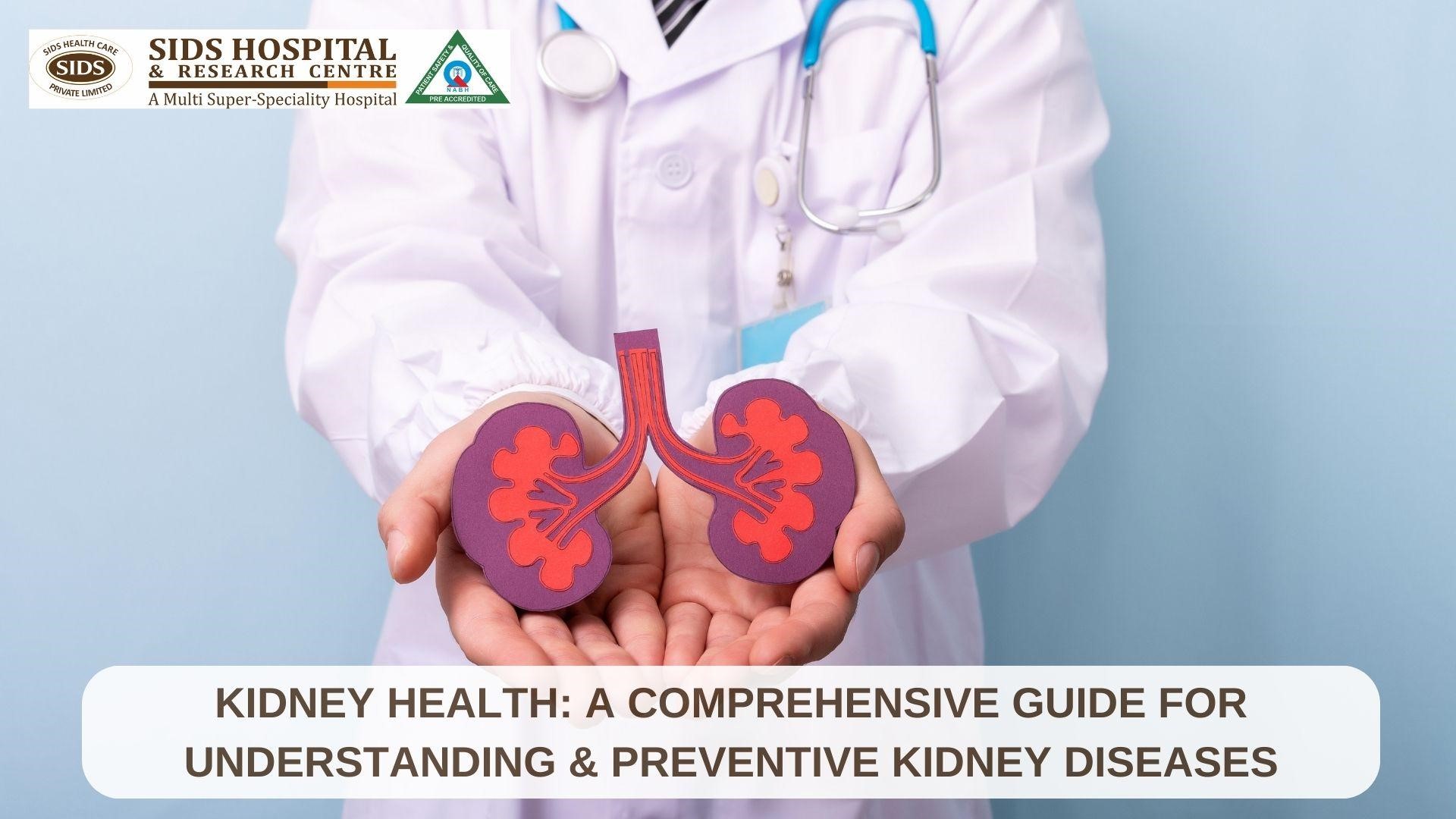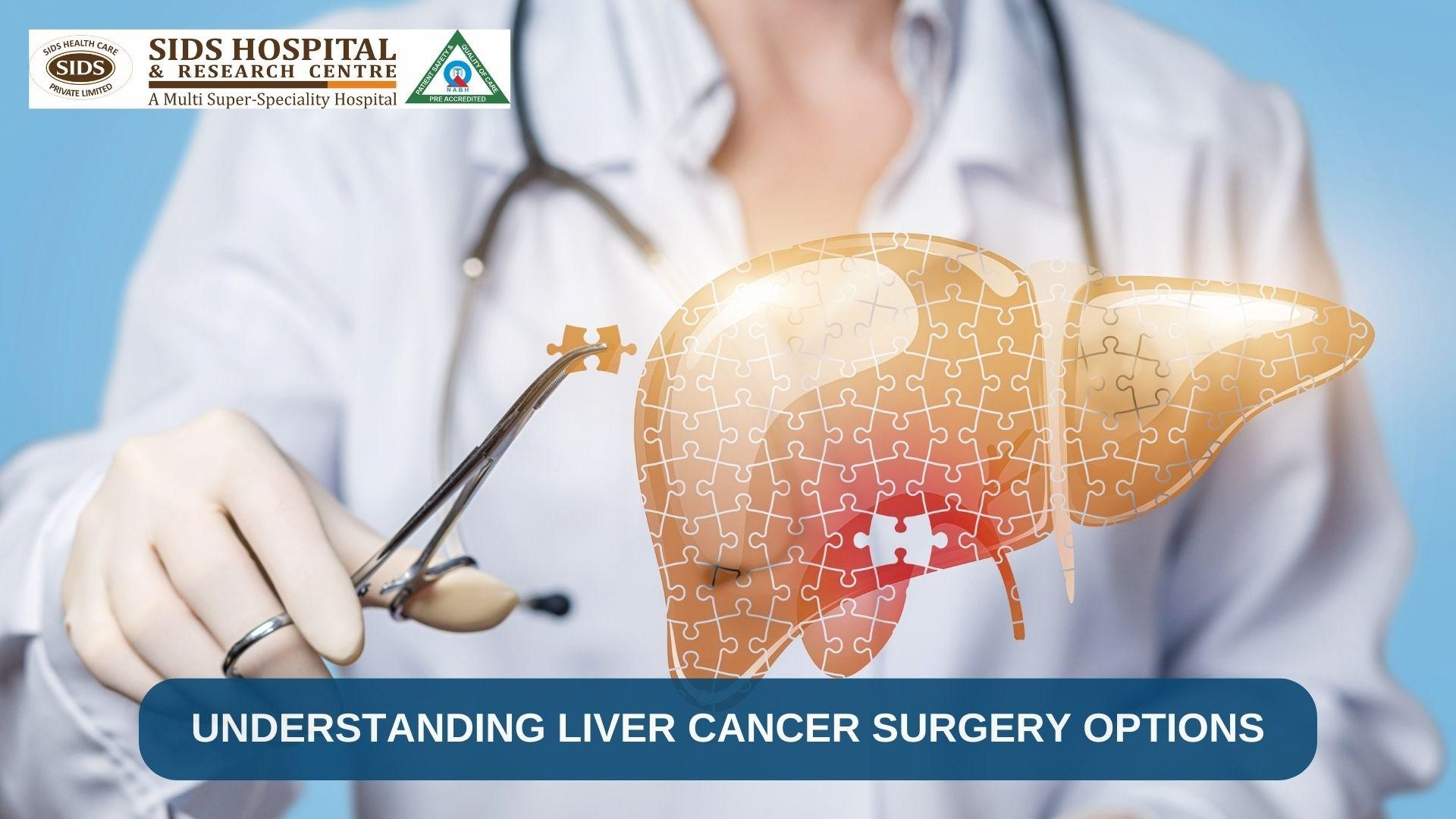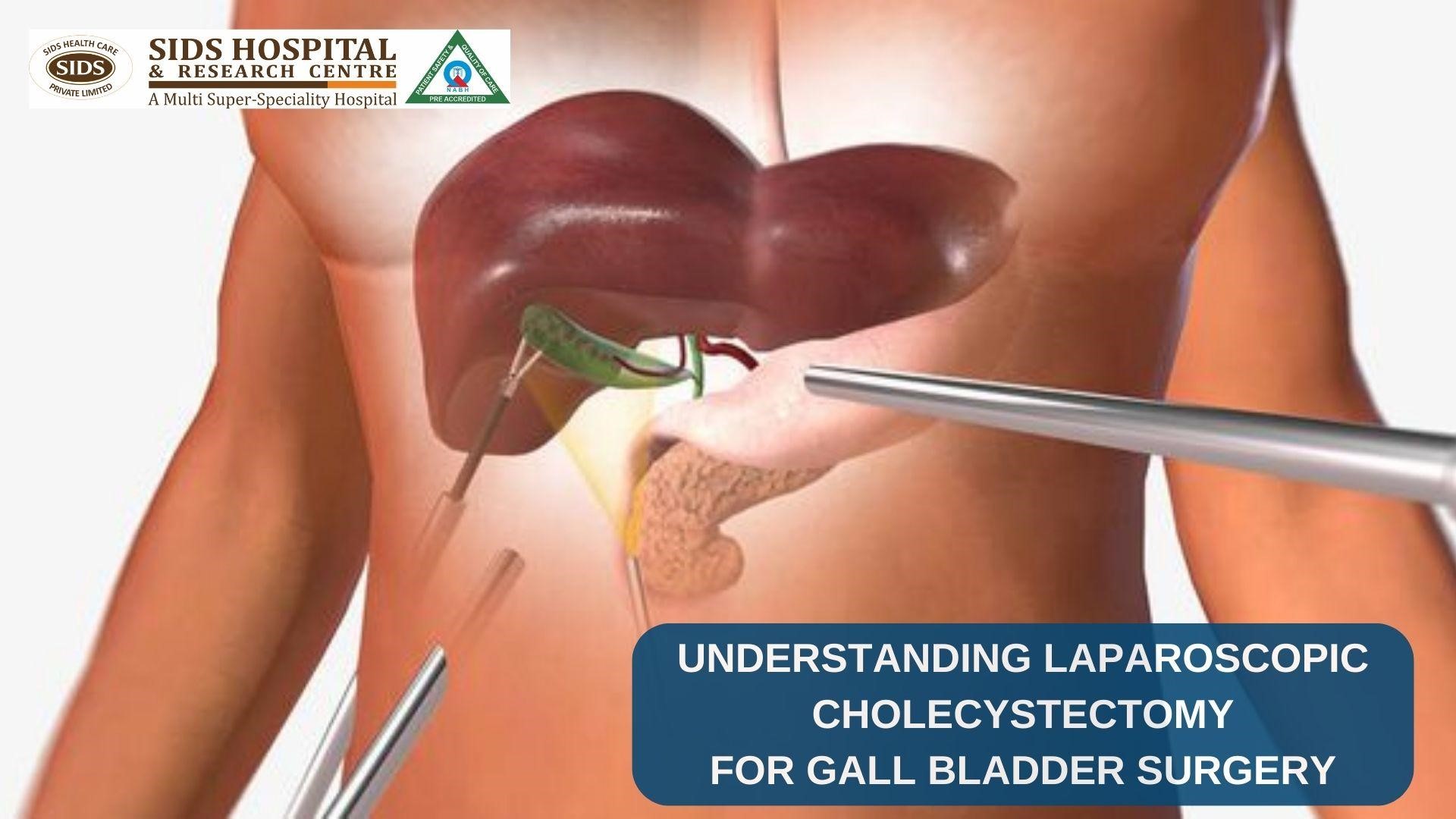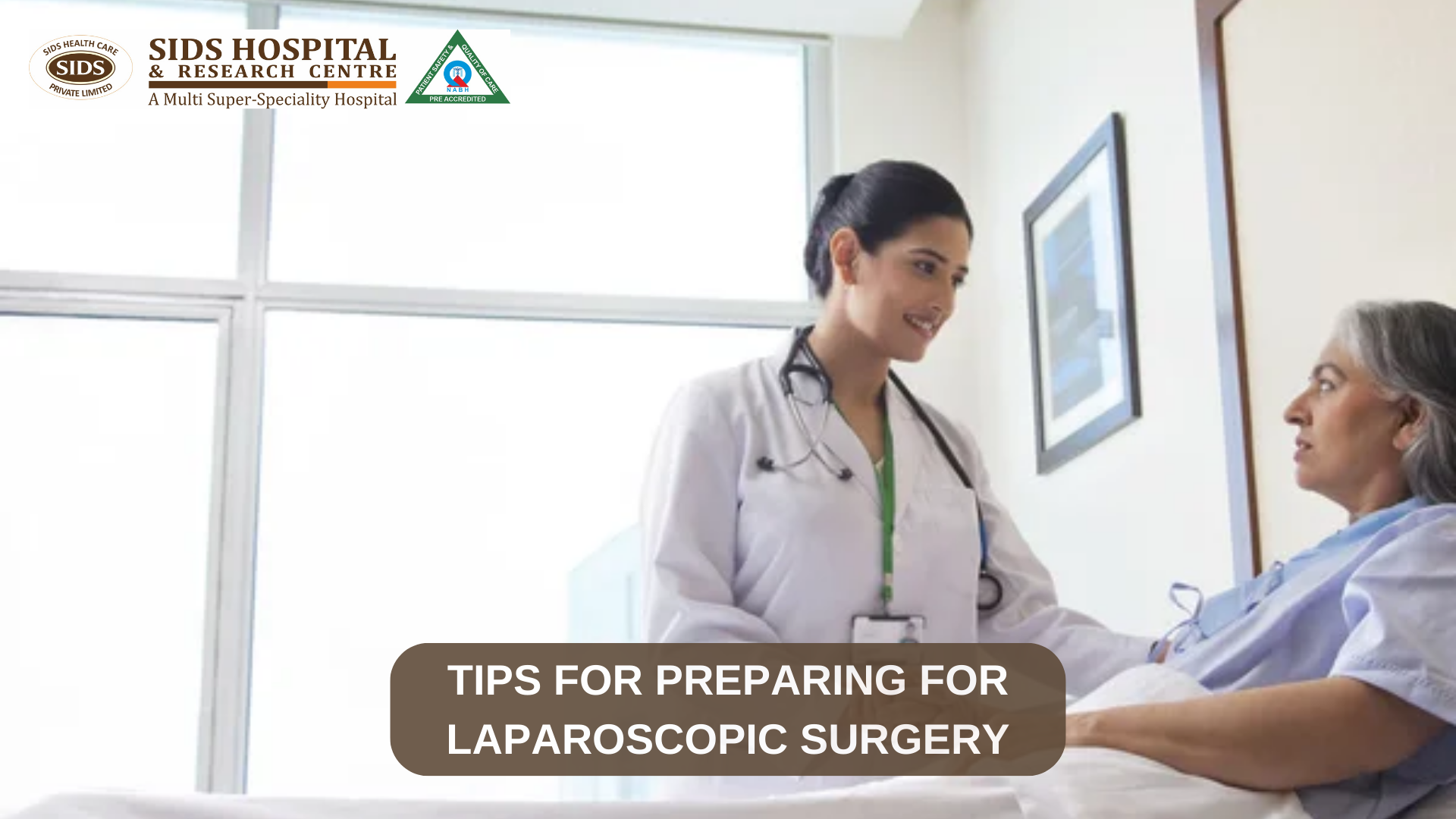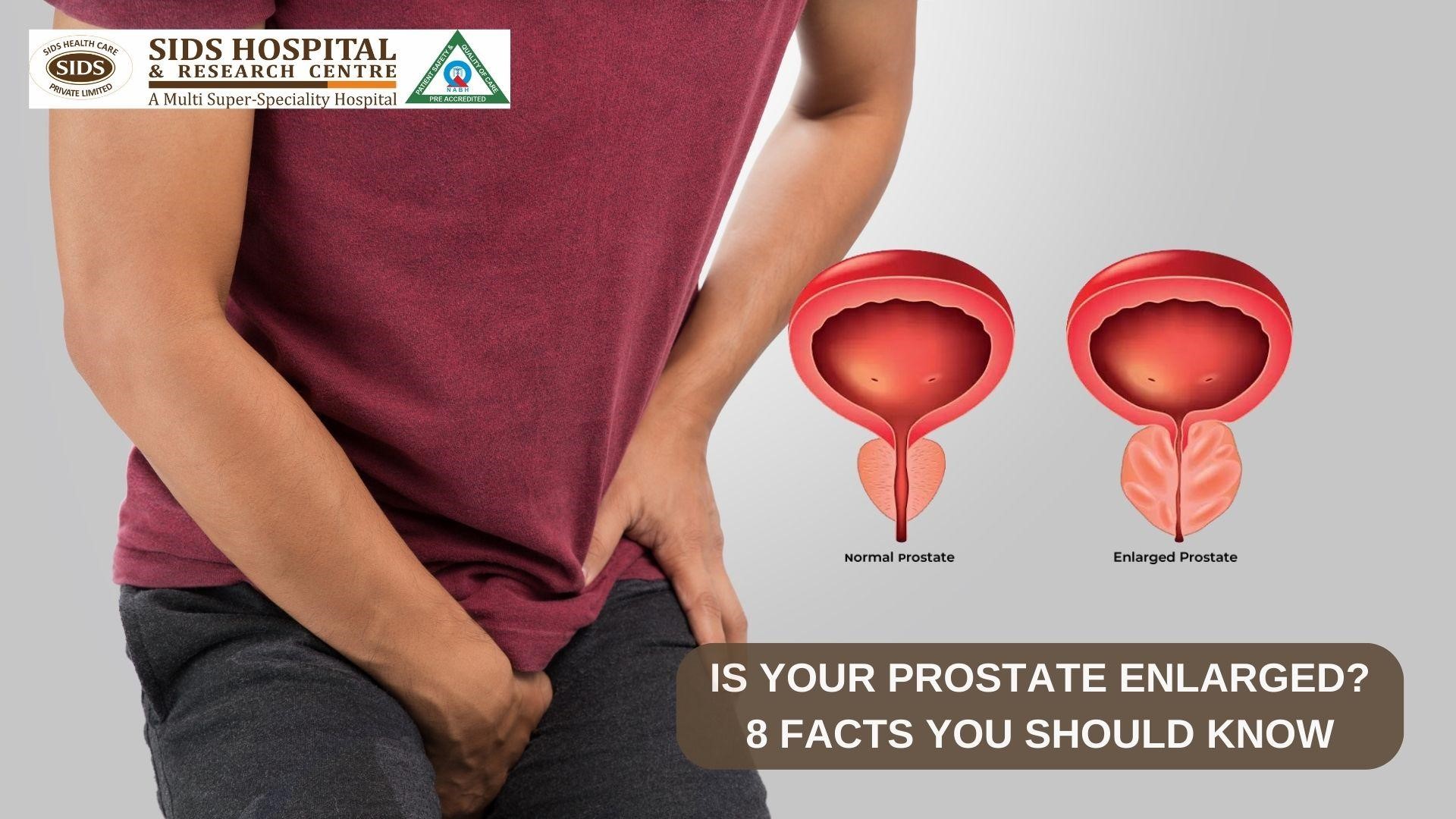Kidney Health: A Comprehensive Guide For Understanding and Preventing Kidney Disease From The Best Kidney Specialist In Surat
The kidneys play a vital role that often goes unnoticed until something goes wrong. Kidney disease, a silent and often underestimated condition, affects millions of people worldwide. In this blog, we will delve into the depths of kidney health, exploring everything you should be informed about to raise awareness and take proactive steps towards kidney well-being.
Understanding the Basics:
The kidneys, two bean-shaped organs located on either side of the spine, are champions of filtration. They tirelessly work to remove waste and excess fluid from the blood, producing urine as a by-product. Additionally, these remarkable organs play a crucial role in regulating blood pressure, electrolyte balance, and red blood cell production.
Signs and Symptoms:
According to our experts at SIDS hospital, which are among the best kidney specialists in Surat, kidney diseases are notorious for being asymptomatic in its early stages, making it challenging to detect. However, as the condition progresses, symptoms may manifest. Pay attention to warning signs such as persistent fatigue, swelling in the ankles and legs, changes in urine frequency and colour, and high blood pressure. Regular check-ups and awareness of these subtle indicators can aid in early detection and prevention.
Risk Factors:
Several factors increase the risk of developing kidney disease. Diabetes and high blood pressure are leading culprits, as they put additional strain on the kidneys. Other risk factors include a family history of kidney disease, age over 60, cardiovascular disease, and certain ethnicities, such as African American, Hispanic, and Native American populations. By understanding these risk factors, individuals can take proactive measures to mitigate their chances of developing kidney issues.
Preventive Measures:
The old adage “prevention is better than cure” holds true for kidney health. Adopting a healthy lifestyle can go a long way in safeguarding these vital organs. Maintain a balanced diet rich in fruits, vegetables, whole grains, and lean proteins. Limit salt intake, stay hydrated, and exercise regularly to promote overall well-being and support kidney function.
Regular Check-ups:
Routine health check-ups are essential for early detection and management of kidney disease. Blood pressure monitoring, blood and urine tests, and imaging studies are valuable tools in assessing kidney health. Make it a priority to consult with the best kidney stone specialists in Surat, especially if you have risk factors or notice any concerning symptoms.
The Impact of Chronic Kidney Disease (CKD):
Chronic Kidney Disease is a progressive condition that can lead to irreversible damage if left untreated. It not only affects the kidneys but can also contribute to a range of complications, including cardiovascular disease, anaemia, and weakened bones. Recognizing the broader impact of CKD emphasizes the importance of early intervention and lifestyle modifications to preserve overall health.
Treatment Options:
When kidney disease progresses to advanced stages, treatment options become more complex. Dialysis and kidney transplantation are common interventions for those with severe kidney impairment. However, these measures are not without challenges, underscoring the critical role of prevention and early intervention in maintaining kidney health. It is therefore crucial to seek treatments from one of the best hospitals in Surat.
The Role of Diet in Kidney Health:
Our specialists from SIDS Hospital,being among the best kidney specialist in Surat, say that dietary choices play a pivotal role in supporting kidney function. Adopting a kidney-friendly diet involves managing protein intake, reducing salt, phosphorus, and potassium consumption, and staying adequately hydrated. Consulting with a nutritionist or healthcare provider can help tailor a diet plan that aligns with individual health needs and mitigates the strain on the kidneys.
Educational Initiatives:
Raising awareness about kidney health is crucial in fostering a proactive approach to prevention. Educational initiatives at community and national levels can empower individuals with the knowledge needed to make informed choices about their lifestyle and health. Campaigns, workshops, and informative materials can contribute to a broader understanding of kidney disease and the importance of early detection.
Conclusion:
The kidneys are unsung heroes, silently performing their crucial functions. By increasing awareness of kidney disease and understanding the factors that contribute to its development, we can take proactive steps toward prevention. Our kidney specialists at SIDS hospital, one of the best hospital in Surat, advise regular check-ups, a healthy lifestyle, and early intervention as the key components of maintaining optimal kidney health. Let’s break the myths surrounding kidney health, ensuring that these vital organs receive the attention and care they deserve.

 Book Appointment
Book Appointment.png) Video Consultation
Video Consultation
